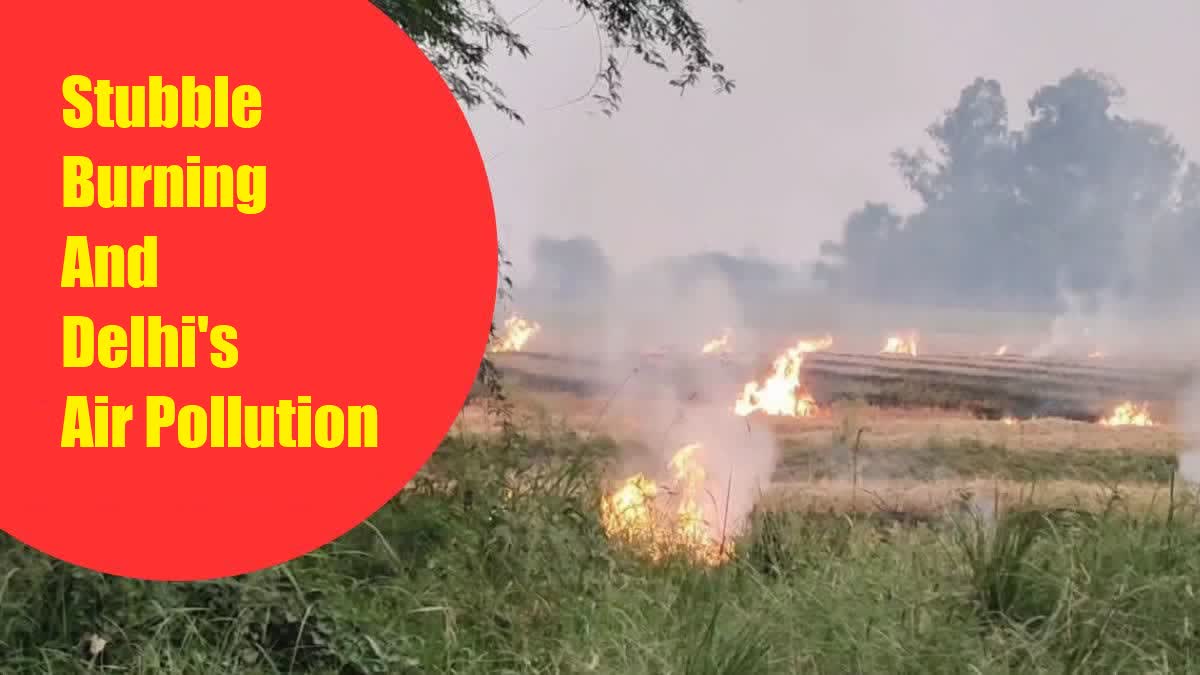Chandigarh: As the paddy harvesting season begins in mid-September, the controversial issue of stubble burning in Punjab, Haryana, and other nearby states comes to the forefront. It also adds to the rising level of air pollution in Delhi NCR, triggering a fresh debate every year and bringing the government and farmers face to face.
Stubble Burning Reduced Unlike Delhi's Pollution
According to the latest data from the Consortium for Research on Agroecosystem Monitoring and Modelling from Space (CREAMS), between September 15 and October 22, a total of 3,878 cases of stubble burning were reported in six states: Punjab (1581), Haryana (665), Uttar Pradesh (740), Delhi (11), Rajasthan (332), and Madhya Pradesh (549).
For the same period last year, a total of 4,374 cases of stubble burning were reported in these states, out of which 1,734 were reported in Punjab, 714 in Haryana, 540 in Uttar Pradesh, 2 in Delhi, 443 in Rajasthan, and 881 in Madhya Pradesh, reveals the CRIS data.
Six years ago, on October 22, 2018, 7,162 cases of stubble were reported in the aforementioned states, with 3,608 coming from Punjab, 2,445 from Haryana, and 1,109 from Uttar Pradesh.
This shows that the number of stubble-burning incidents in Punjab and Haryana has declined significantly. However, during these years, Delhi's pollution level remained unchanged.
PGI And Punjab University Data
Punjab University's Public Health Department and PGI Chandigarh have both been working on this for some time. They also keep a close eye on instances of stubble burning. According to their records, 750 incidences of stubble burning have been registered in Punjab and Haryana during the previous eight days.
Professor Suman Mor of Punjab University and Professor Ravindra Khaiwal of PGI say the number of stubble-burning incidents in Punjab and Haryana has decreased by up to 50% this year compared to the previous year.
Similarly, the Punjab government's records reveal that 1,581 incidences of stubble burning were registered in Punjab as of October 22. In comparison, this number was roughly 1,750 during the same period last year.
